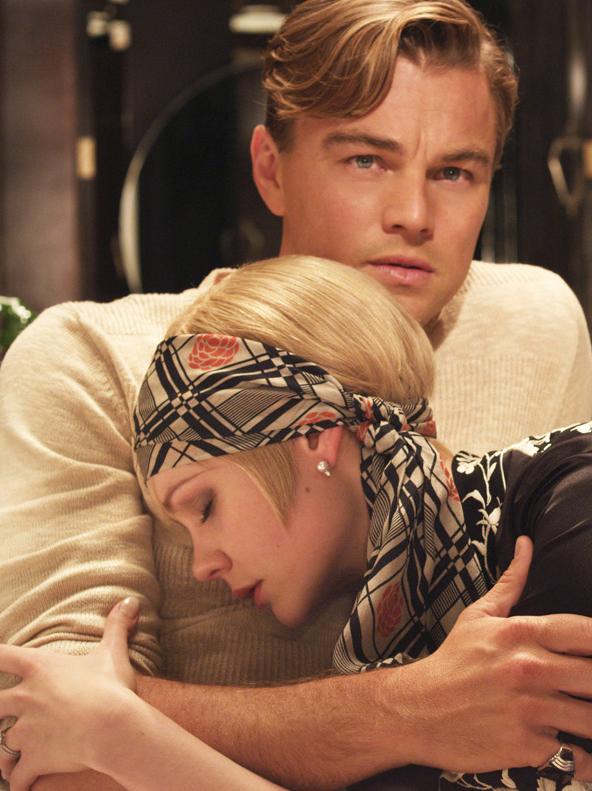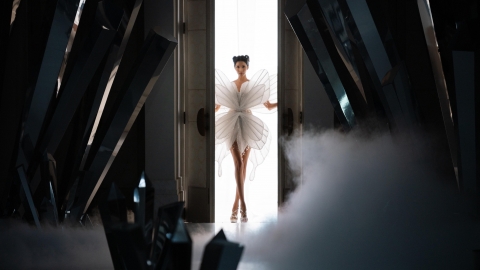9 years ago on a summer afternoon, a TV tape recorded signs ofdisasterimminent: a large crack has opened in the wall of the Rana Plaza building in Bangladesh - where famous European and American fashion brands produce clothes. Immediately after that, everyone immediately left the building under emergency evacuation orders.
That evening, the building manager's phone rang, waking the workers from their slumber, informing them that the building had been repaired and they would return to work as usual tomorrow. The next morning, while the workers were working hard to meet the tight deadline, for a second, they stopped, but not to rest. The crack in the wall was gone - the entire building had officially collapsed. Their work had finally stopped forever.

Bangladeshi authorities reported more than 1,000 deaths and more than 2,500 injuries. After further investigation into the factory facilities,disasterThe real story has just been revealed: a clothing factory with no air filtration or air conditioning, where workers work 18 hours a day, breathing in heat and dense chemicals, in a building without a factory license.
Ironically, a product that was meant to enhance the most beautiful features of the human body has now been discovered to be a shady cloak covering up the ugly, selfish and toxic.
Why is clothing so important in human society?
In some other world, humans might not need clothes, but in reality in this world, clothes, have now been transformed intofashion- is the thread that connects the structure of human society.
Historically, the Stone Age was when humans first learned to use tools to turn animal fur into cloaks to keep warm and protect their bodies. Gradually, species that did not know how to use tools to keep warm and protect themselves became extinct, and so, the survivors were considered the wiser and stronger. A hierarchy began to form between those who wore clothes and those who did not, the strong and the weak. In a tribe, humans began to know how to divide work based on gender - men hunted and women gathered, from which clothing continued to become a tool to classify the status and nature of each individual.

Nowadays, society is hierarchical and formed by clothes born to distinguish rank, or uniforms to show one's profession - profession. And in the era of information explosion with countless opportunities to say thatwe can be anyone, people began to form the desire to be recognized by changing their actions, gestures, hair, and walk. And all of these, turned clothes into fashion.
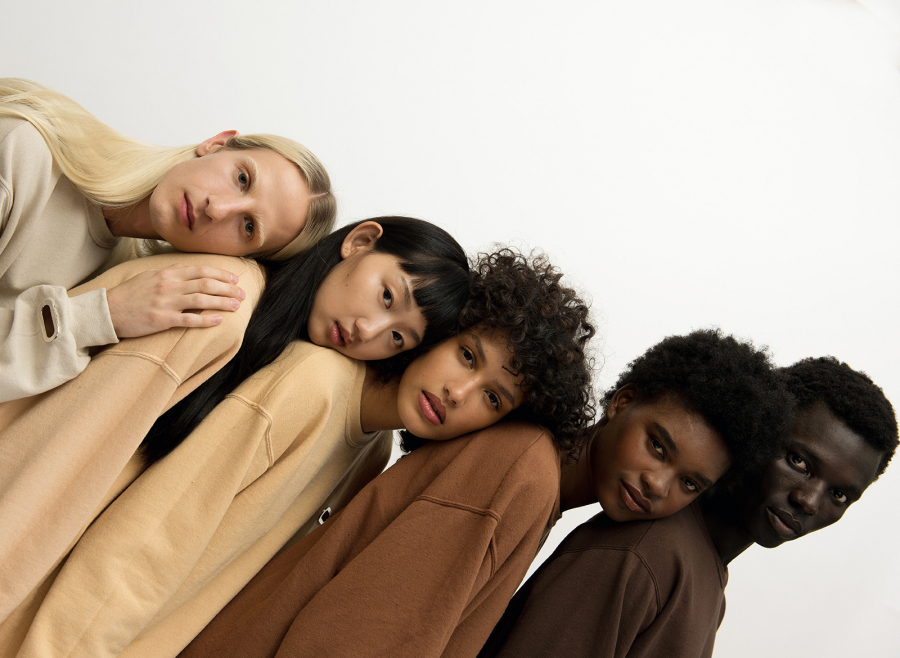
A social system is formed from fashion.
From in-depth studies on human behavior, from the desires to the dreams of each individual, we understand that modern people also have instincts like prehistoric people. It's just that, instead of prehistoric people needing to wear clothes to keep warm, modern people need clothes to express themselves. Fashion is not just about clothes, fashion is also about the color of the computer you are using, whether the chair you are sitting on is suitable for the space design or not,... In turn, they become a crucial piece in the formation of human society and their influence on the living environment is inevitable. So the question is: How to change?
Post-disaster
After the Bangladesh disaster, a wave of outrage began to rise around the world. Union protests broke out. Government courts found the building owner guilty of inhumane practices. Consumers spoke out. Cases of factory emissions were all over the news. Businesses located in the building signed contracts pledging to change. A documentary based on the incident was released. The industryfast fashionexposed for its exploitative and irresponsible nature. Along with protecting workers is creating a clean working environment, stopping the use of toxic chemicals in products.
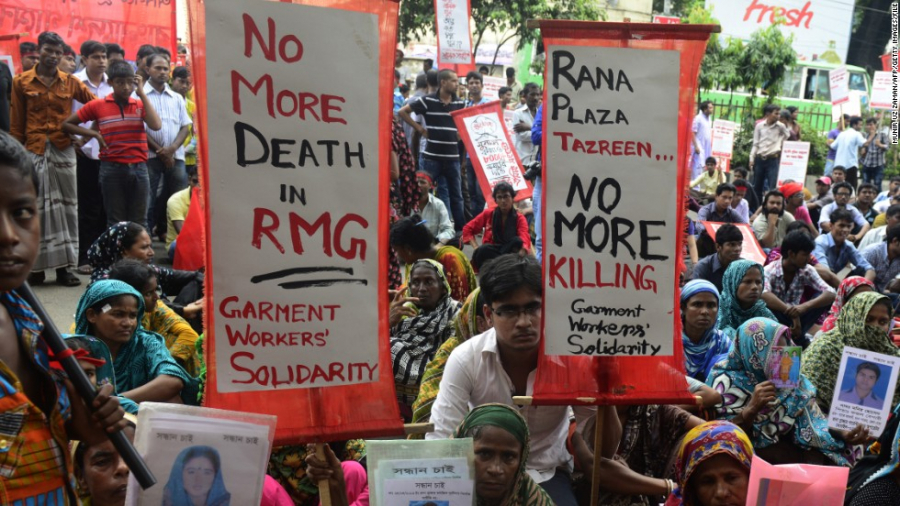
Amid the fight for worker equality and environmental conservation, the conceptsustainable fashionwas born with the mission to completely change those things.
“Sustainability” in business, as defined by the World Commission on Environment and Development, means “developing businesses that meet the needs of the present without compromising the needs of future generations.” Sustainable fashion is part of the movementslow fashion, built on an ideological foundation revolving around values that bring sustainability, such as an ideal working environment and minimizing environmental damage. A system that was almost perfect, but immediately a new problem arose: pseudo-sustainability.

Real "sustainability" and fake "sustainability"
The key element for a brand to truly be able to labelsustainabledepends on the optimization of the product manufacturing process. The sustainable fashion manufacturing process includes the following stages: “Green” material preparation, humane processing, sustainable trade, transparent retailing and ethical consumption.
According to the research on Sustainable Fashion Production Process at Donghua University (Shanghai, China), in the processing steps to make a pure "green" product, businesses need to meet all the criteria of the quantitative measure called Triple Bottom Line, ensuring 3 "red threads": (1) Human safety including basic needs, personal development, life balance; (2) Environmental safety including environmental health, temperature, natural energy; (3) Economic safety linked to the business's plan to ensure the future economy.
However, implementing all or even just one element of sustainable production chain can consume a large part of the business’s profit – something that few brands want. So, instead of trying to create products with real sustainable value, many brands turn to another strategy that costs less but still has the ability to make the brand become reputable in the eyes of consumers:Greenwashing. Greenwashing is a marketing tactic that promotes the “green” and sustainability of a brand - but the truth is not what the brand portrays to the public. Of course, these brands still receive enthusiastic support from fashionistas who are also following the “green” lifestyle trend, like them. But for those who are really interested in the storysustainable fashion, they will be interested in what is the truth behind the image - the "green" message of a fashion brand.
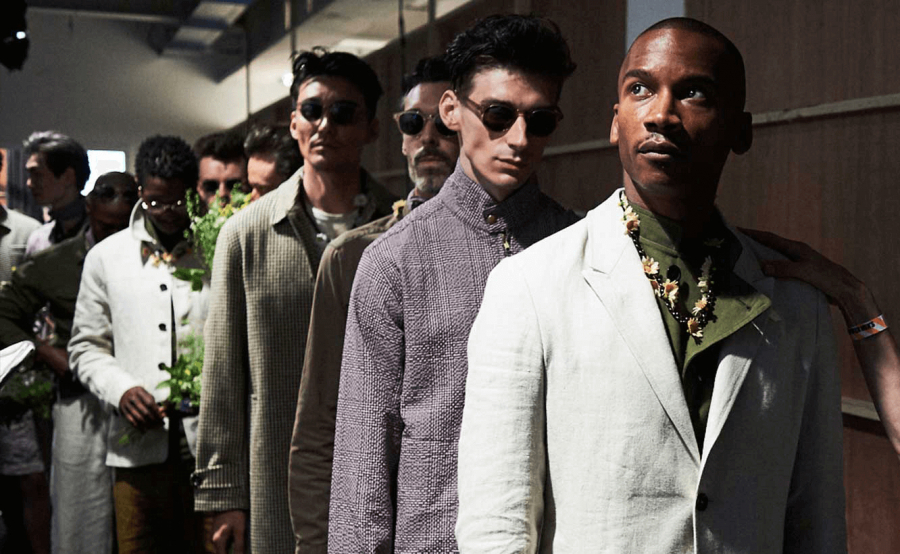
One common example of greenwashing, in terms of materials, is when brands say they use materials like cotton, linen, and bamboo because they are biodegradable, but fail to disclose that cotton farming has been linked to the deaths of many farmers due to unsupervised work and the use of toxic pesticides. Additionally, bamboo is a fast-growing fiber but is sometimes grown with pesticides and chemicals in the process of turning it into fabric. The same is true for vegan materials. Most are made from synthetic fabrics, derived from petroleum.
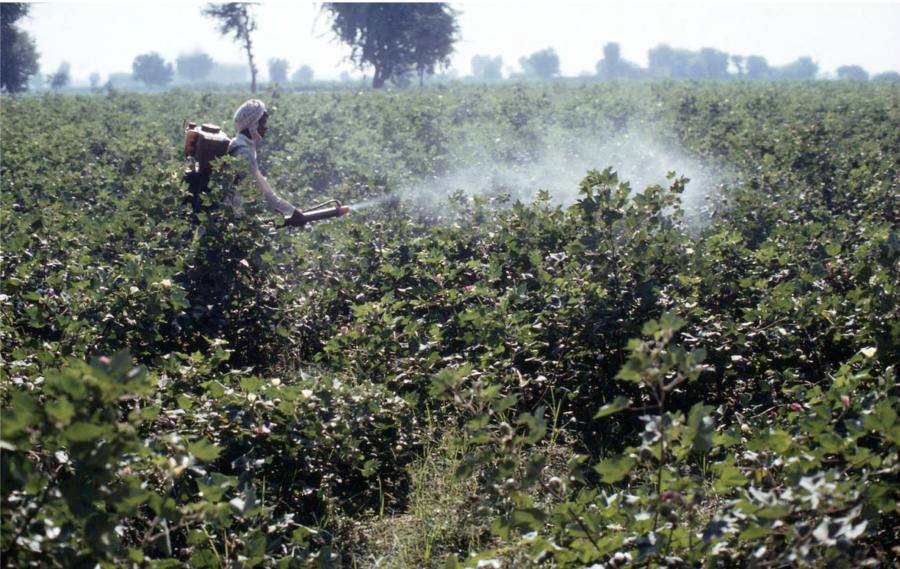
Next is the manufacturing environment, sustainable products often require less green materials, and from there the scope of a supply chain becomes more limited, funding is reduced, workers have to work extra hours to ensure the progress of the product to the buyer in time. The cost of the product increases from then on, and buyers are wary every time they glance at a product labeled “green” on the shelf.
So, if you want to keep the price low enough to attract buyers, you can set up factories in countries that don’t have strict worker safety laws—like India or China—to cut down on manufacturing costs. Of course, relying on the backs of skinny workers for every penny they earn, taking away air purifiers and leaving them breathing toxic fumes is exactly what sustainable fashion companies are trying to do.
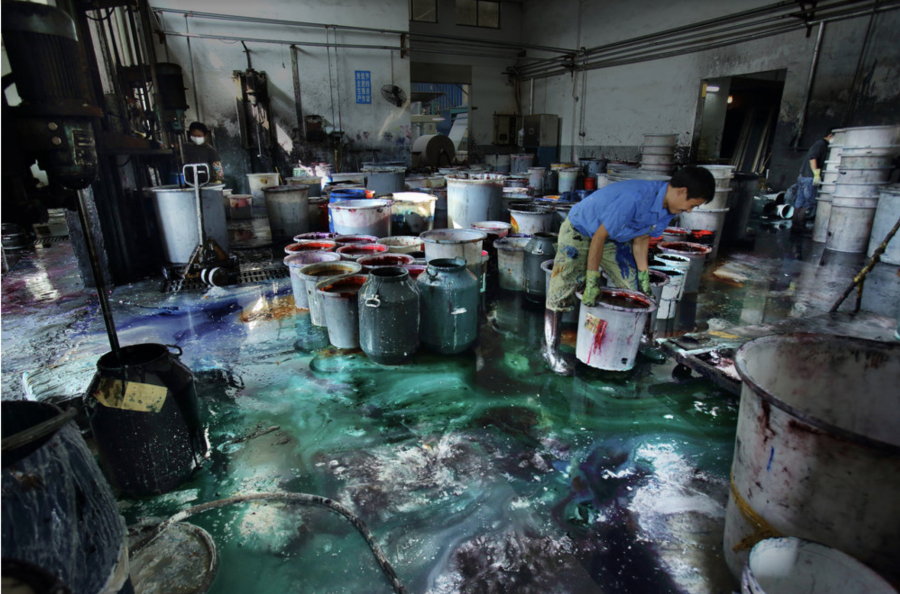
In addition, many surveys in recent years have shown that consumers tend to buy items with packaging made of paper or cardboard rather than plastic. This has led to many "disguise" moves from even famous brands, by wrapping a paper bag... outside a plastic bag. To avoid this behavior from continuing, brands have competed to use paper packaging or long-lasting bags, causing a new contradiction: mass production capacity has begun to increase, products that were originally made for long-term use are now being given away by brands every time they go to the store to increase awareness of their "sustainability".
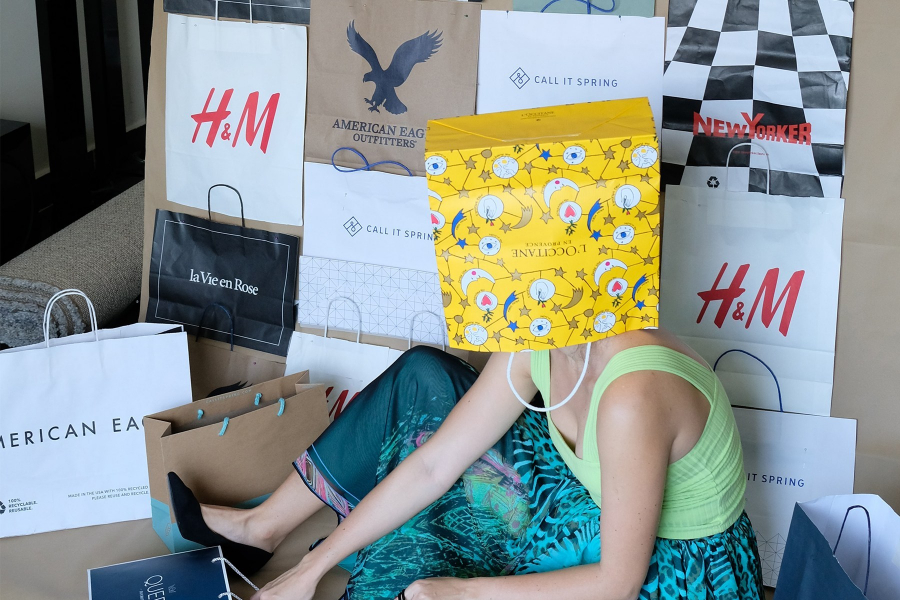
Greenwashing companies often exploit materials from tropical regions because they give buyers a sense of “peace” and “closeness to nature” when hearing about the product, while in fact to exploit those materials, they need to exploit primary forests for cultivation. In addition, according to statistics from the United Nations Economic Commission for Europe (UNECE), the fashion industry accounts for 10% of humanity’s carbon emissions, mainly from the process of sea and air transportation, especially from far-flung locations such as from Asia to Europe.
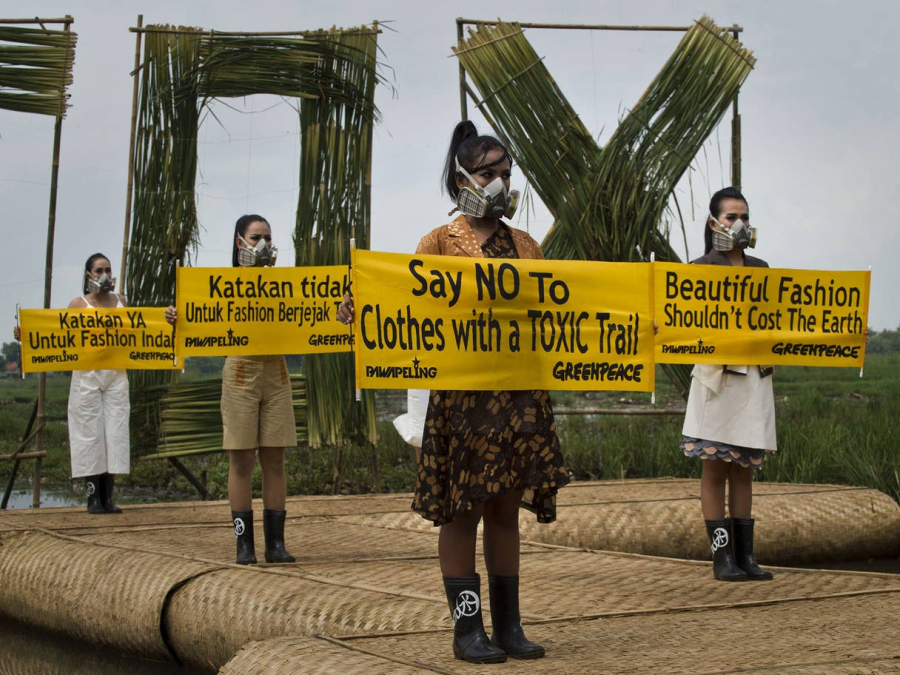
It would be a vicious cycle if the seller wanted to continue making money and the buyer wanted to continue protecting the environment.
What is the real solution?
If you're joking, this is the time to wear leaves on your body and take care of it until you're old. In fact, a crazy idea might be the right answer.
Bolt Threads
Bolt Threads is one of the few companies that created Mylo technology - a method of processing vegetable leather by combining mycelium mushrooms and 3D printing technology. Their groundbreaking invention has been recognized and used by the elite in the fashion industry such as Stella McCartney and Adidas. In addition, some other brands have invented other very unique green materials.
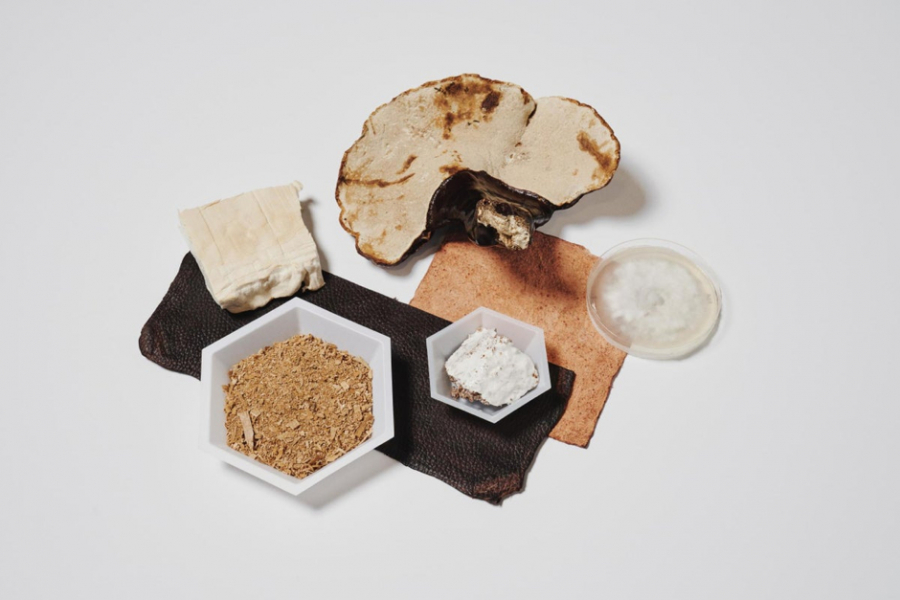
Pinatex
Dr. Carmen Hijosa - founder and inventor of Pinatex technology - spent 20 years finding a wayuse pandan leaves- a surplus resource in the Philippines, to form vegetable leather without the aid of PVC plastic.
Currently, Pinatex's clothing, shoe, bag and watch products have cooperated with more than 3,000 fashion brands in the world, including famous brands such as Hugo Boss, Chanel and Mango.
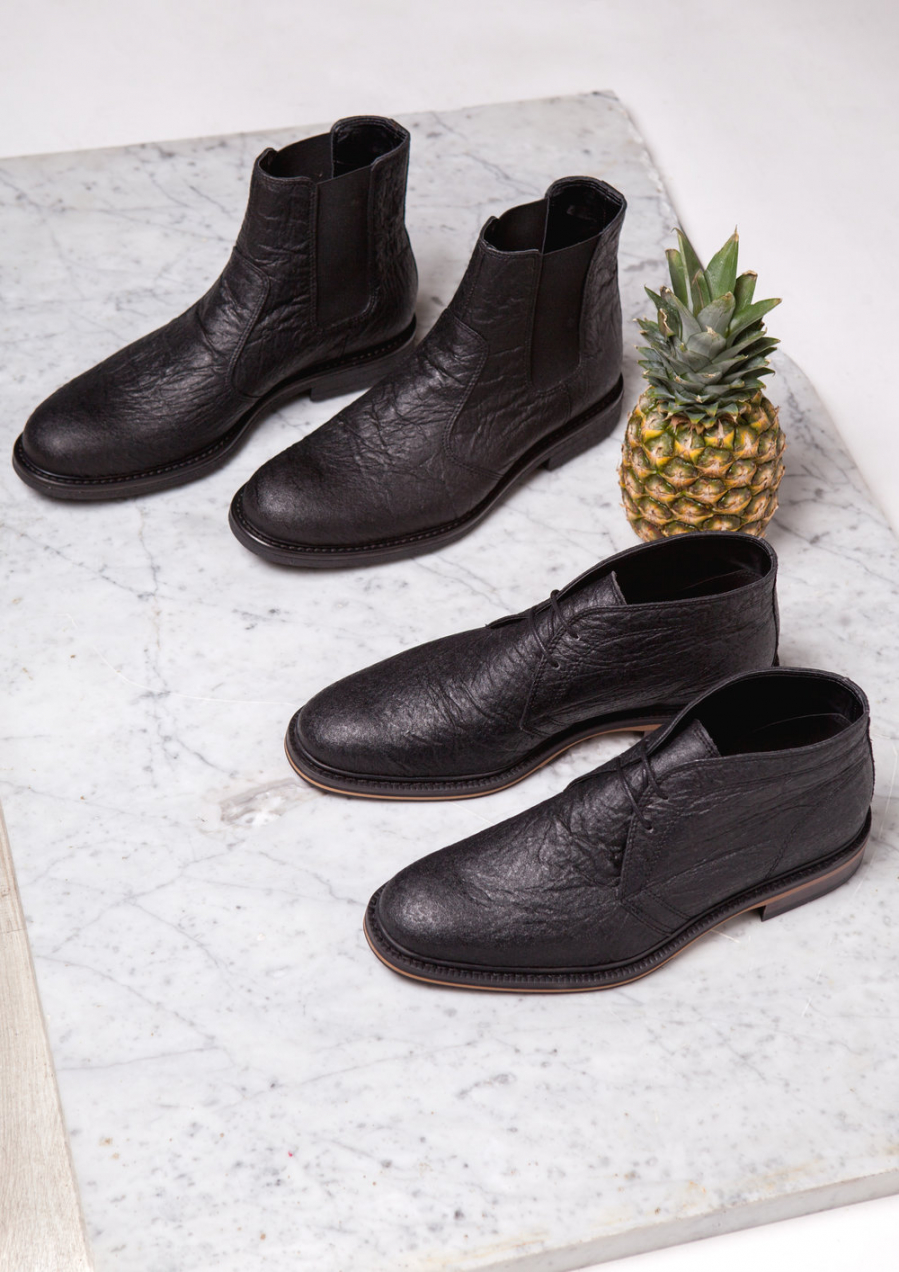
Dessert
Desserto brand not only succeeded in creating vegan leather from giant cactus, their achievement is also to build a successful green brand by collaborating with luxury fashion houses such as Karl Lagerfeld, Saye, Hugo Boss..., bringing collections made of cactus leather, from handbags, clothes to car leather seats.
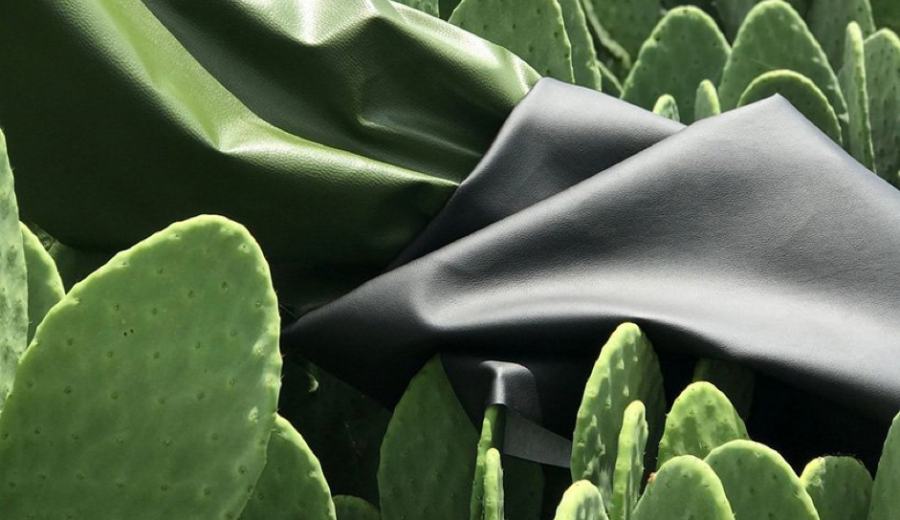
Conclusion
Sustainable fashion is on the rise and it is something that needs to happen. However, if we are not careful, this sustainability can easily be shaken, questioned, or even collapsed if people are not fully aware of what they are wearing and what they represent.
After all, the safest "sustainable" measure is... not to buy anything. During the long period of social distancing, shopping and consumption activities were suspended, did you seeare you okWhen you can no longer update new clothes? Maybe this is the time we look back at the old clothes in the closet, give them a new life, and wear them with the most confidence. Fashion, every 30 years the trend will come back!
And believe what Vivian Westwood once said: “In times of trouble, fashion becomes extraordinary.”





